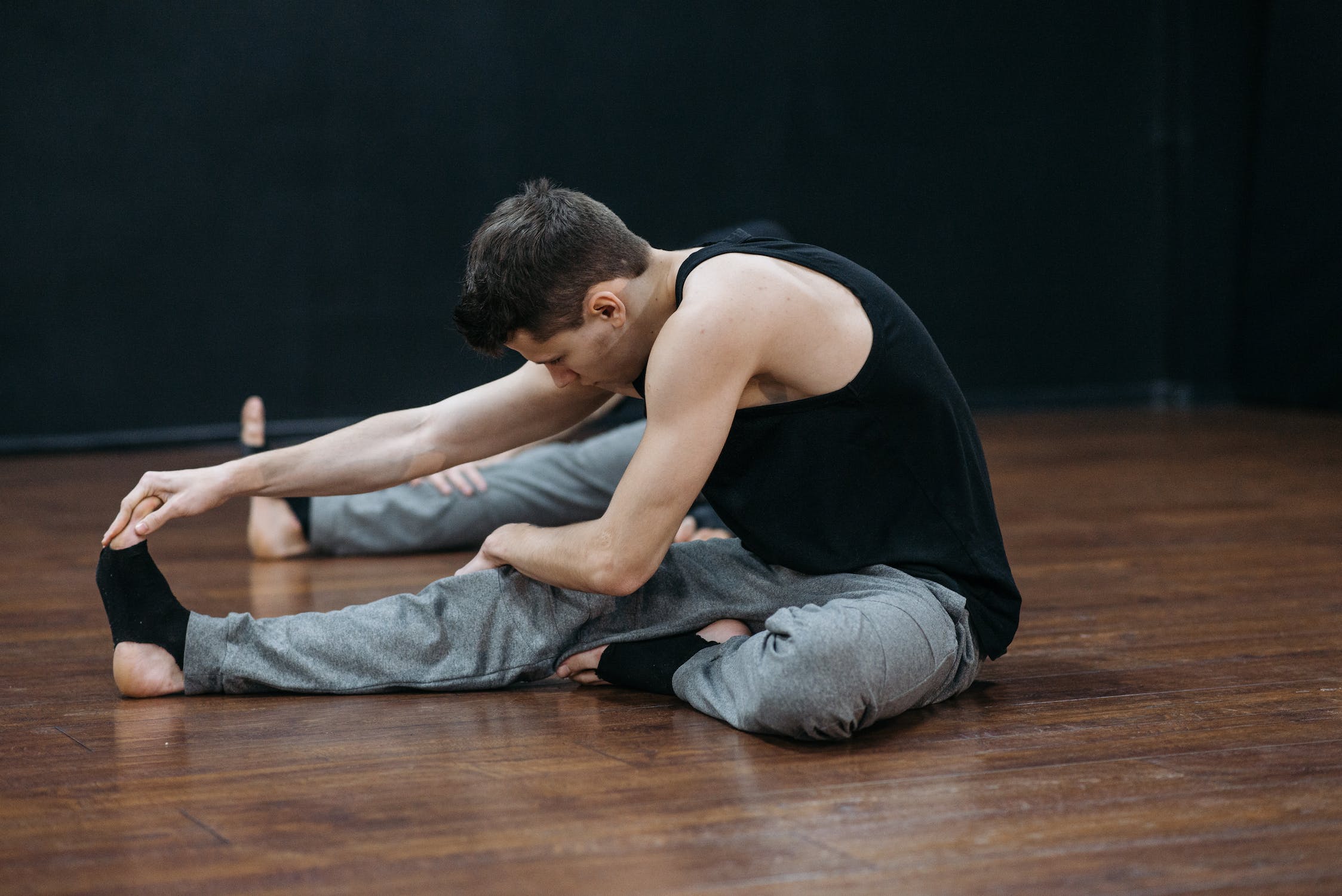When it comes to injuries, there are often varying degrees of severity.
The same holds true for hamstring injures, which are classified into three grades based on the extent of the damage.
What is the hamstring?
The hamstring is made of three large muscles in the back of your thigh – bicep femoris, semitendinosus, and semimembranosus.
These muscles are responsible for bending your knee but also play a key role with running and sprinting.
Hamstrings injuries are one of the most common reasons for missed games in the AFL!
How is it graded?
There are three grades which hamstring injuries are categorised:
Grade 1
Considered a mild injury, where there is minor muscle injury.
Symptoms include mild pain and discomfort, but you may still be able to walk and perform daily activities.
Swelling and stiffness could be present.
Recovery timeframes for a grade 1 injury is typically around 3-4 weeks with appropriate physiotherapy management.
Grade 2
Considered a moderate injury where there is partial muscle tearing.
Symptoms include moderate to severe pain, swelling, and tenderness in the affected area.
You may experience difficulty with daily activities and could be restricted to crutches for up to the first week.
Recovery timeframes are longer than a grade 1, typically 6-8 weeks with appropriate physiotherapy management.
Grade 3
Considered a severe hamstring injury where there is a complete rear or rupture of the muscle tissue.
Symptoms could include severe pain, swelling, bruising, and difficulty with bearing weight on the affected leg.
Recovery timeframes for grade 3 injuries often require 3+ months with some cases requiring surgery.
I’ve hurt my hamstring. What now?
Seeking prompt care from your physiotherapist for appropriate assessment and initial management is best practice.
Your physiotherapist can diagnose your injury and customise a treatment plan to optimise your rehabilitation and eventual return to sport or activity.

